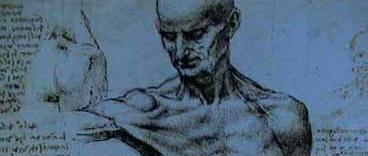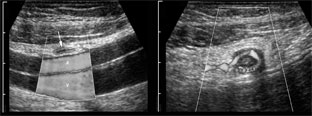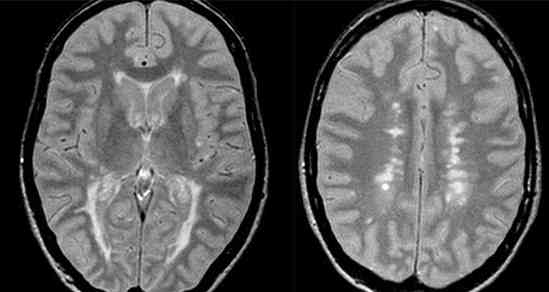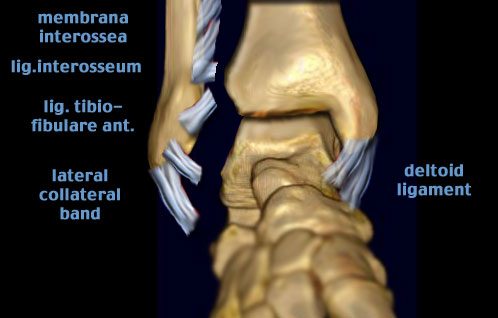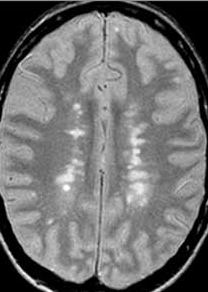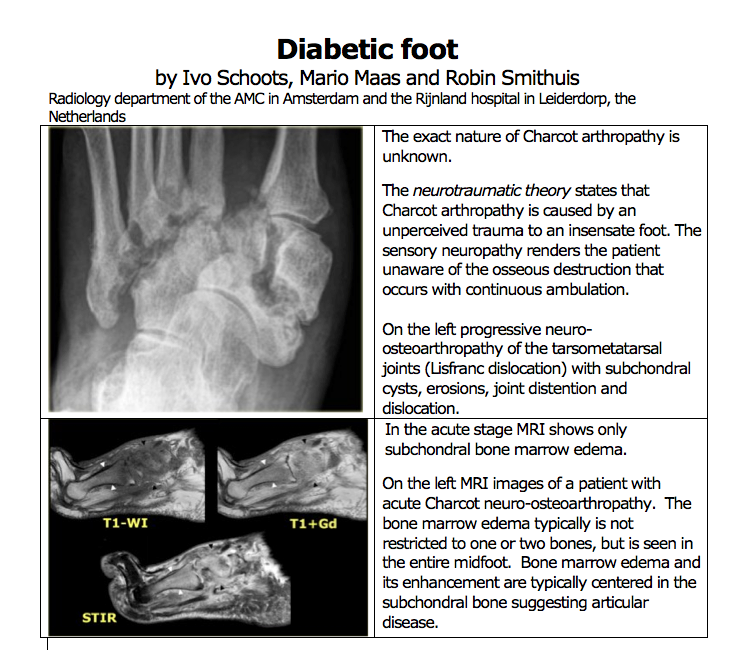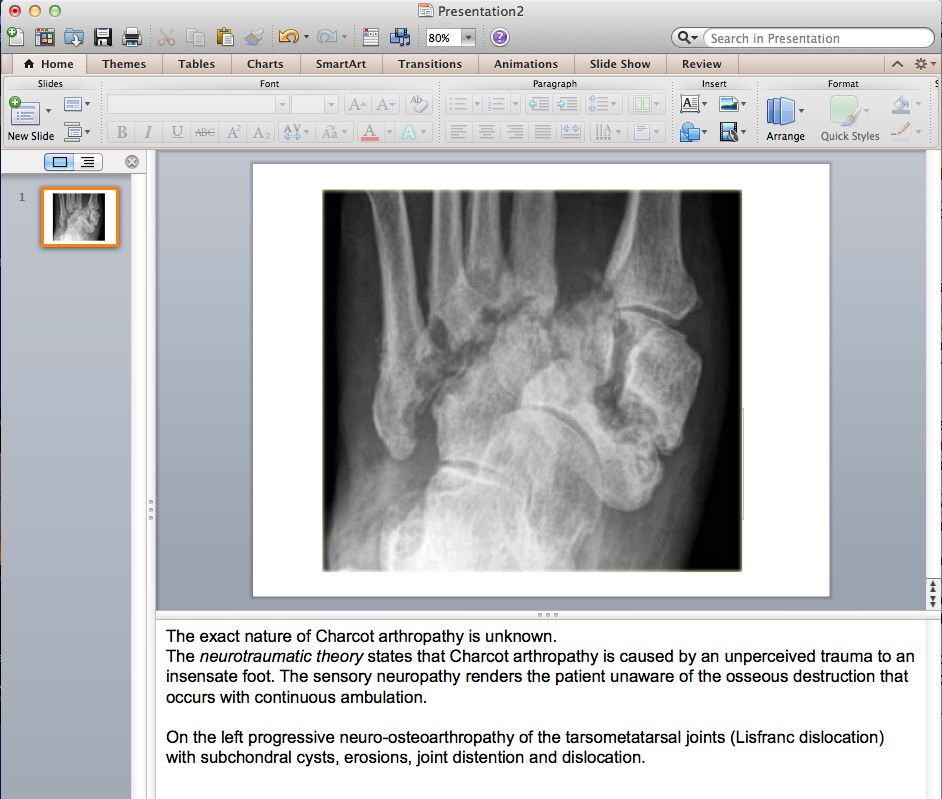Guidelines for authors
The Radiology Assistant presents peer-reviewed up-to-date articles and cases on common problems in daily radiology practice for radiology residents and general radiologists.
Authors who wish to submit a manuscript should first contact the editor to find out if the subject is suited for 'the Radiology Assistant'.
Organizing the manuscript
Title
Title of the article and names and addresses of the authors.
Introduction
Use a short introduction just to define the scope of the subject.
Text
Use a review or refresher course style.
Get right down to business.
Sometimes it is best to present the article as vividly as if it was a presentation.
Or try to rebuild your powerpoint presentation into an article.
Focus on the main questions and do not focus on historical background or old fashioned radiological examinations.
Explain what the real issues are.
What is it the clinician wants to know.
What is the role of the radiologist in the diagnostic work up.
Use limited text ('less is more') and try to find a balance between images and text.
Explain what the best protocol is or when you decide to do additional imaging.
Explain how examinations should be reported.
You can also use interactive cases for this purpose.
Figures
Show as many figures as needed.
The teaching exercise should have the message in the figures.
Do not only show clearcut cases but also questionable cases so we can learn from the discussion.
You can add interactive cases to the article in which there is room for discussion and you can test the readers knowledge.
References
Provide a short list of the most important references and suggested readings.
The references do not have to be cited in the text.
Subjects for 'the Radiology Assistant'
Subjects need to be carefully choosen. The subject should be a common radiological problem. Examples of such common problems could be:
- acute adbomen with pain in the right lower quadrant
- white matter disease in young and old patients
The most important thing would be how we deal as a radiologist with such diseases.
For instance in a patient with an acute adbomen and pain in the right lower quadrant the first question that has to be answered is: is there appendicitis?
How do you make a positive ultrasound diagnosis and when can you rule out appendicitis.
When do you decide to perform a CT-examination.
When are you sure that there is an alternative diagnosis for instance lymphadenitis mesenterialis.
When do you advise a follow up-examination.
In an article on white matter disease we would encounter the same questions.
In a younger patient the first question would be is it multiple sclerosis.
Can we make a positive diagnosis based on imaging alone or need we more clinical information.
What would be the most important alternative diagnosis and how do you differentiate it from MS.
What exactly do we need from the clinician and what do they need from us.
What should be the protocol, do we need to rescan the patient and what would be a good interval.
An example of such an approach can be seen in the article on elbow fractures in children.
In the menubar on the left interactive cases will appear that belong to the article.
Click here to look at an example article and cases ( elbow fractures in children)
Preparing the images
Provide us with TIFF-files or large JPEG-files.
Do not overcompress the images.
We will compress them for you to prepare them for the internet.
Images will be presented in a strict format that is 370 pixels wide.
So it is better to provide us with images in a landscape-view. If that is a problem we can always adapt the images
Sometimes it is better to group two images in a landscape view.
Images can not be enlarged on the internet by clicking on them so you have to realize in advance how they will look like 370 pixels wide.
In a portait view the images will take a lot of space (see figure).
Usually we will place 2 portrait views next to each other.
Format
Word-format
Send your manuscript in a two-row column format.
Powerpoint format
You can also send your manuscript in powerpoint format with the text below the images.
Use 'WeTransfer' ( https://www.wetransfer.com/) for large files that are to large for sending by mail.
